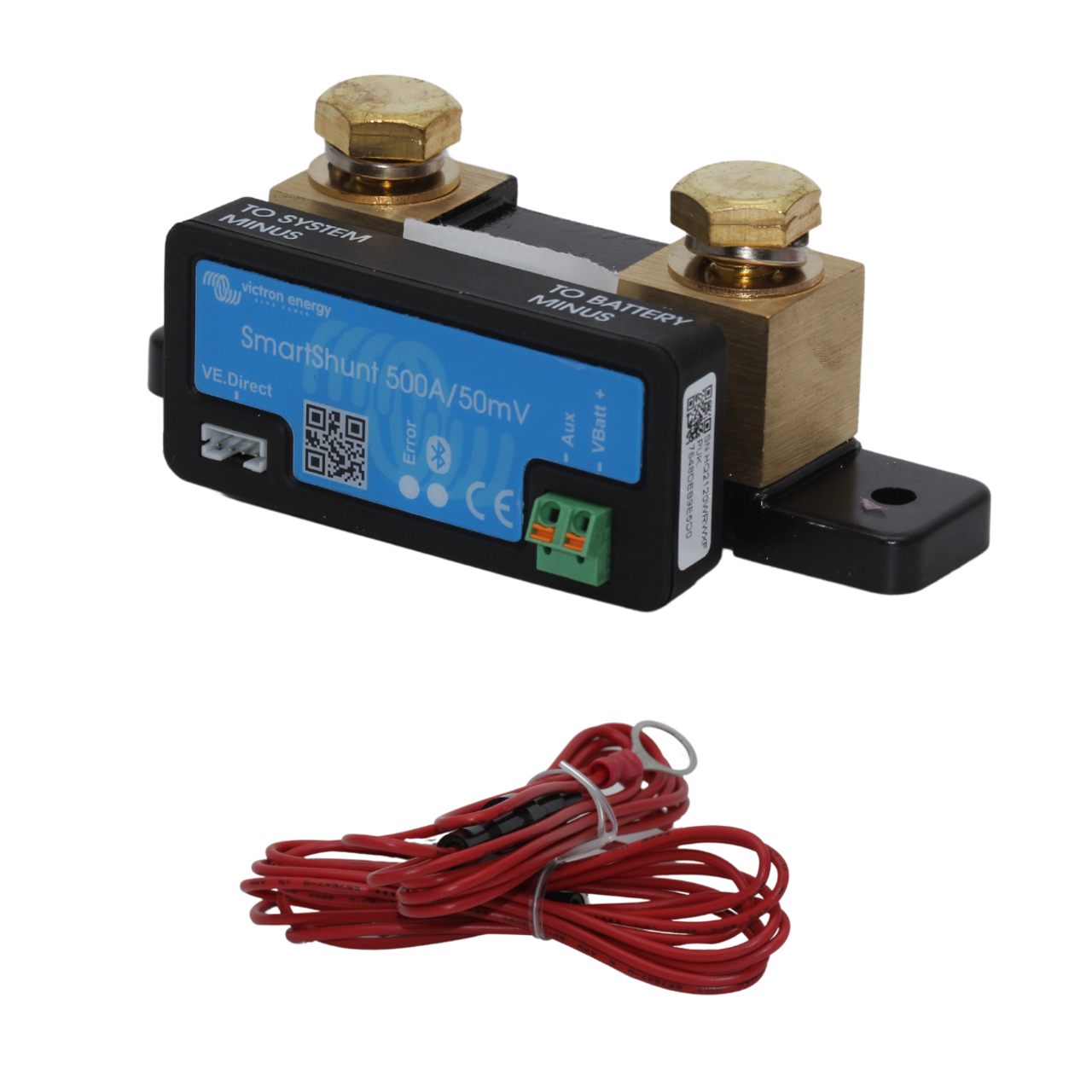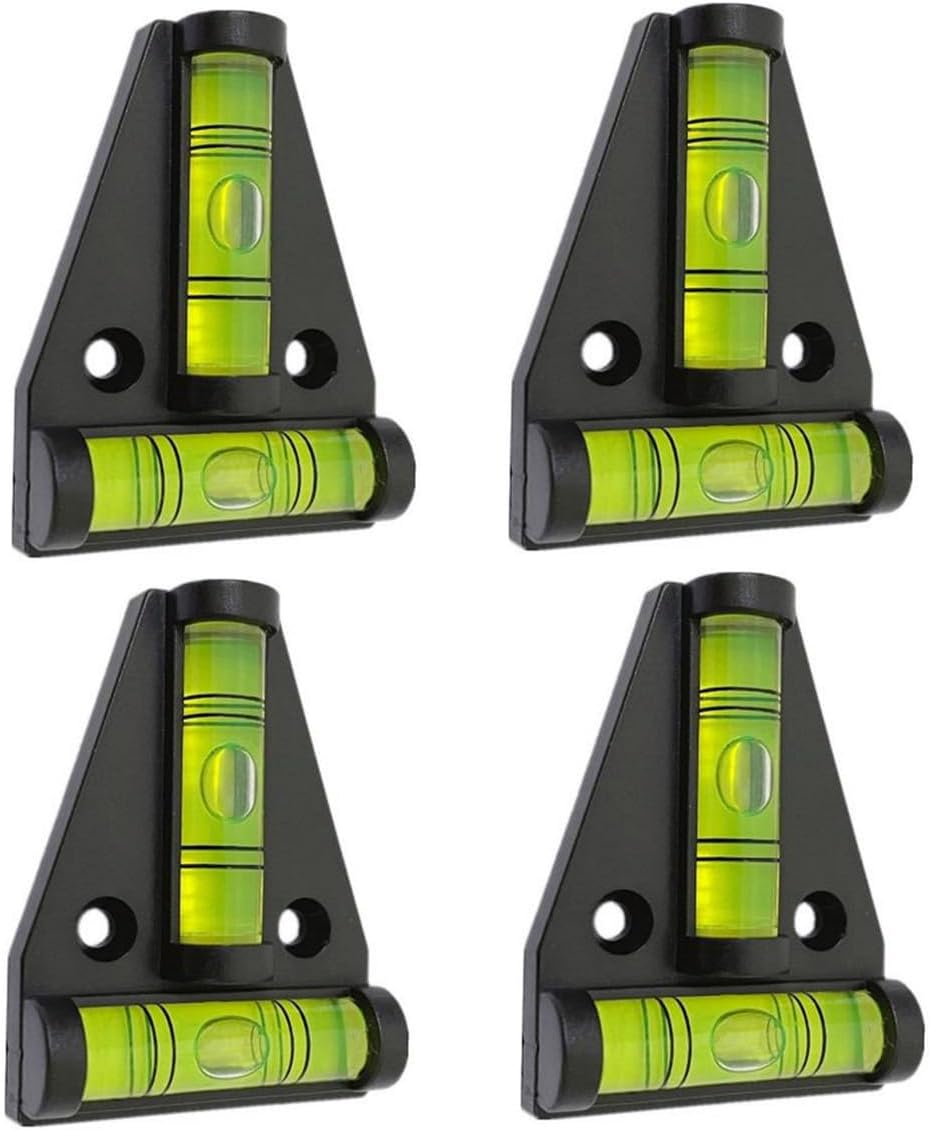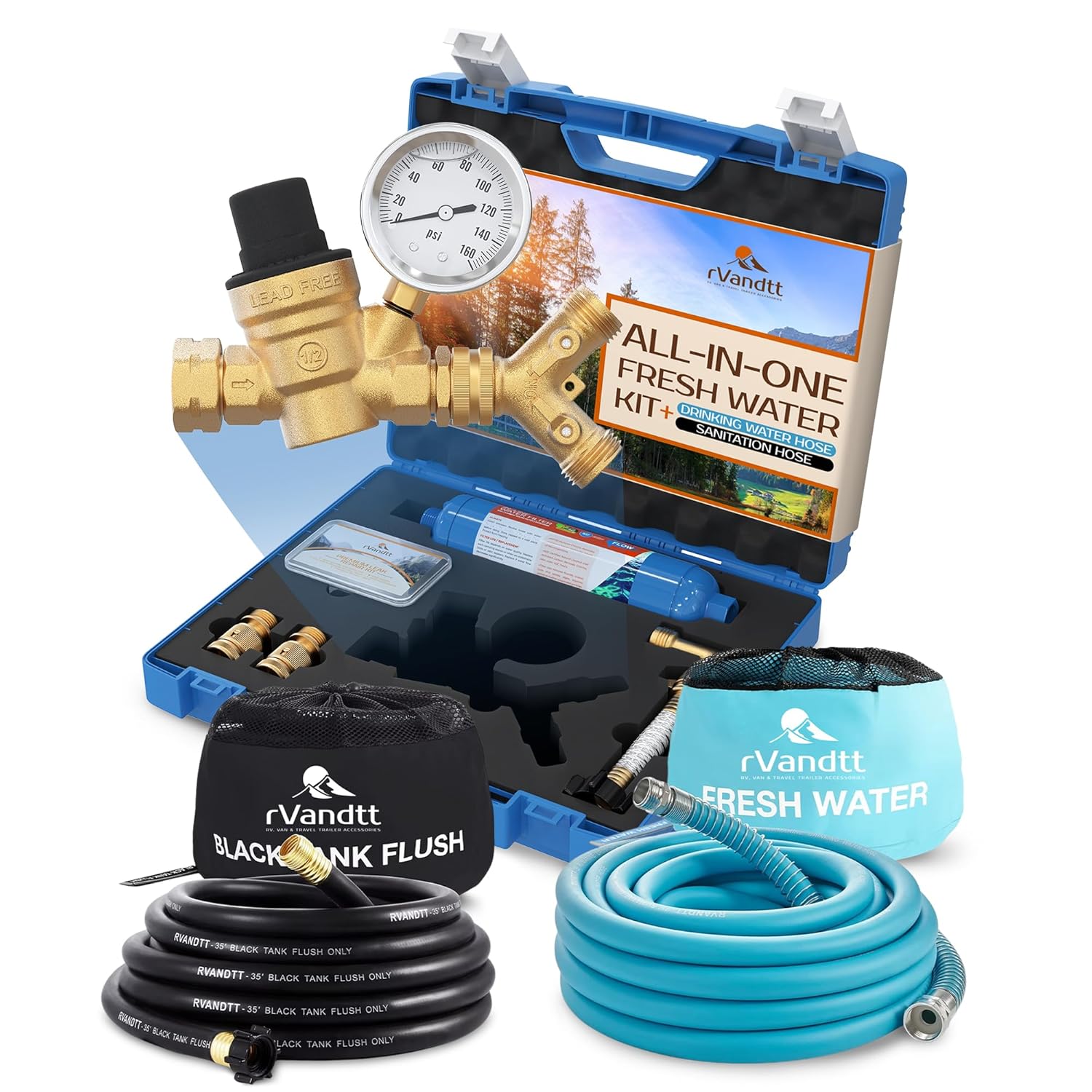🛠️ RV Maintenance Tools & Repair Equipment
Quick checks, smart tools, and simple fixes that save trips—and money.
🔎 Quick Navigation
⏱️ 10-Minute Pre-Trip Check
- Power: Test pedestal with EMS/surge; confirm polarity & voltage.
- Tires: Check TPMS & pressures (cold). Torque lugs if wheels were off recently.
- Leaks: Walk the roof & seams; look for cracks or lifted edges.
- Battery: Verify connections are tight; no hot spots or corrosion.
- Plumbing: Pressurize system; watch for drips at fittings and the water heater.

🧰 Essential Tool Tiers
| Tier | What’s Inside | Why It Matters |
|---|---|---|
| Starter | TPMS, torque wrench, chocks, sealant + tape, basic socket/bit set, gloves | Covers tire safety & small leaks—the most common trip killers. |
| Essentials | TRMS multimeter, clamp meter (DC), EMS/surge, crimp tool, heat-shrink, spare fuses | Lets you diagnose 12V/120V issues and protect appliances. |
| Pro | Bottle jack + stands, infrared thermometer, rivnut/rivet tools, sealant wheel, inspection camera | Faster structural & diagnostic work with fewer surprises. |
🧪 Diagnose It in 60 Seconds
No AC power? Check EMS for error → reset pedestal → try a different outlet → verify shore cord & adapters → check main breaker → test GFCIs → test inverter pass-through.
12V acting weird? Measure battery at posts (resting 12.6–12.8V) → under load < 11.8V means weak battery or bad wiring → inspect grounds & lugs for heat.
Wet spot after rain? Photos, then temporary tape/patch; dry area; clean & re-seal with compatible product when weather allows.
📊 Popular Categories
| Category | What It’s For | Quick Tip |
|---|---|---|
| Multimeters & Testers | 12V/120V diagnosis | TRMS + DC clamp saves hours of guessing. |
| EMS / Surge Protectors | Pedestal safety | Catches low/high voltage & miswiring before damage. |
| Sealants & Tapes | Roof & seam repair | Match sealant to membrane (EPDM/TPO/FG). |
| Jacks, Levelers, Chocks | Stability & tire work | Use rated gear; chock before lifting. |
| TPMS & Tire Tools | Pressure/temperature | Watch temps on long grades—early warning. |
| Plumbing & Sanitation | Hoses, valves, tank care | Keep potable & black-tank tools separate. |
🧴 Sealants & Structural Repair
- Identify substrate: EPDM/TPO/fiberglass/aluminum.
- Prep: Clean, dry, de-oxidize; tape edges.
- Apply: Compatible sealant; don’t overwork self-leveling compounds.
- Recheck: Inspect after first rain & temperature swings.

⚡ Electrical Tools & Protection

- EMS/Surge: Watch for low voltage & miswiring at campgrounds.
- Cables/Adapters: Keep blades clean; avoid hot adapters—heat = resistance.
- Battery tools: Lugs, crimpers, fuses—carry spares.
🧱 Jacks, Leveling & Tires
- Rated gear: Jack + stands must exceed axle weight.
- Sequence: Chock → lift on proper point → stands → level.
- TPMS: Rising temp can precede blowouts—slow down & cool.

🚿 Plumbing & Sanitation

Sanitize quick recipe: 1/4 cup unscented household bleach per 15 gallons of tank capacity. Fill, run taps to draw into lines, wait 4–8 hours, flush until odor is gone.
📅 Seasonal Maintenance (At-a-Glance)
| Season | Do This | Why |
|---|---|---|
| Spring | Roof & seam inspection; sanitize water system; test detectors | Winter wear & bacteria control |
| Summer | TPMS & tire checks before long drives; clean A/C filters | Heat stress & airflow |
| Fall | Re-seal suspect seams; service bearings/brakes if due | Prevent leaks & mechanical wear |
| Winter | Winterize plumbing; maintain batteries (float or top-off) | Freeze protection & battery health |
📏 Quick Reference: Torque & Tires
| Item | Rule of Thumb | Notes |
|---|---|---|
| Lug nut torque | 85–120 ft-lb (trailers, common) | Confirm your axle spec; re-torque after service |
| Tire age | Replace ~6–7 years from DOT date | Inspect sidewalls for cracking & flat spots |
| Cold pressures | Per tire placard or load table | Use a quality gauge; verify via TPMS |
🏷️ Browse by Brand
❓ FAQs
What’s the minimum toolkit for a long trip?
TRMS multimeter, DC clamp meter, socket/bit set, sealant & tape, torque wrench, chocks, tire inflator, PPE, common fuses/bulbs.
Can I use household sealant on RV roofs?
Use products compatible with EPDM/TPO/fiberglass. General silicone often fails to adhere or cracks prematurely.
Do I really need an EMS/surge protector?
Yes—campground power can be low or miswired. EMS prevents expensive damage to appliances and electronics.
